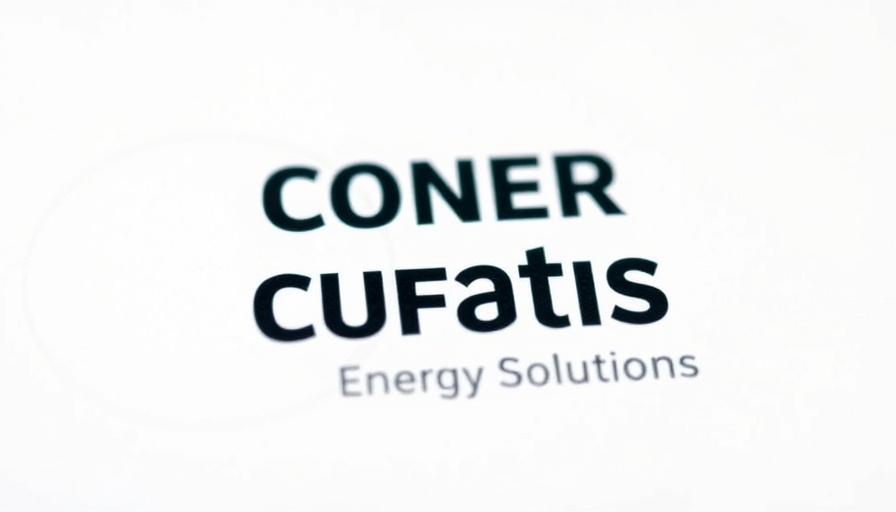
Unlocking Community-Scale Energy Opportunities
AEMO's recent Draft 2025 Electricity Network Options Report highlights a significant shift in national energy planning by recognizing the potential of community-scale energy solutions. As Australia grapples with the challenges of sustainable energy transition, the Australian Energy Market Operator (AEMO) appears to be steering the focus beyond traditional large-scale developments.
Kim Mallee, Director of the Community Power Agency, expresses optimism about AEMO's engagement with Distribution Network Service Providers (DNSPs), signifying a willingness to explore how smaller renewable initiatives can play a pivotal role. This approach is not just about enhancing energy production but also about building community support, referred to as 'social license,' crucial for the successful adoption of renewable technologies.
Historically Favoring Utility-Scale Projects
Historically, the energy regulatory environment in Australia has predominantly favored large-scale utility projects, which often face scrutiny and resistance from local communities. Mallee highlights this 'policy no man’s land' where community-scale initiatives, despite their proven advantages and community backing, have found limited support in the regulatory framework. Enhancing the integration of distribution networks into energy planning could pave the way for smaller projects, typically ranging from 1 to 10 MW, which are ideally suited for community ownership.
A Win-Win: Community Engagement and Renewable Energy
Community-scale projects provide multifaceted benefits. They encourage public participation, distribute benefits equitably, and align energy production more closely with local needs and preferences. Examples like the community-owned 4.1MW Hepburn Wind Farm illustrate the tangible impacts such projects can have, showcasing not just energy generation but also community solidarity.
Innovative models like the 1.2MW Haystacks Solar Garden demonstrate that accessibility can be greatly enhanced through community-centric energy solutions. They create opportunities for individuals who may not have access to traditional rooftop solar, such as renters and apartment dwellers, allowing them to invest in ‘solar garden plots’ and benefit from credits on their electricity bills.
Future Energy Landscapes: The Role of Local Solutions
This strategic shift presents an opportunity to not only expedite the transition to renewable energy but also to forge a more inclusive and collaborative energy landscape. Expanding focus to integrate distribution networks can create a diverse range of energy solutions, thereby enhancing reliability and affordability.
Moreover, community energy groups are eager to participate in ‘non-network’ solutions that optimize the distribution network’s capacity, including energy efficiency initiatives, demand response programs, and community battery projects. These collaborative efforts symbolize the growing recognition that local solutions can significantly contribute to broader energy goals.
Implications for National Policies
As AEMO takes strides toward viewing community-scale energy solutions as integral to future planning, the implications for national policies cannot be overstated. There's a clear indication that a framework accommodating both utility-scale and community-scale projects is essential for a balanced energy future.
In conclusion, AEMO is rightfully enhancing its approach by opening doors to community-scale energy solutions. Such initiatives have the potential to build trust, foster community engagement, and ultimately drive a faster and more equitable transition toward renewable energy. As these developments unfold, it will be crucial for stakeholders at all levels to consider how best to support these innovative models for the benefit of everyone involved.
 Add Row
Add Row  Add
Add 




 Add Row
Add Row  Add
Add 

Write A Comment